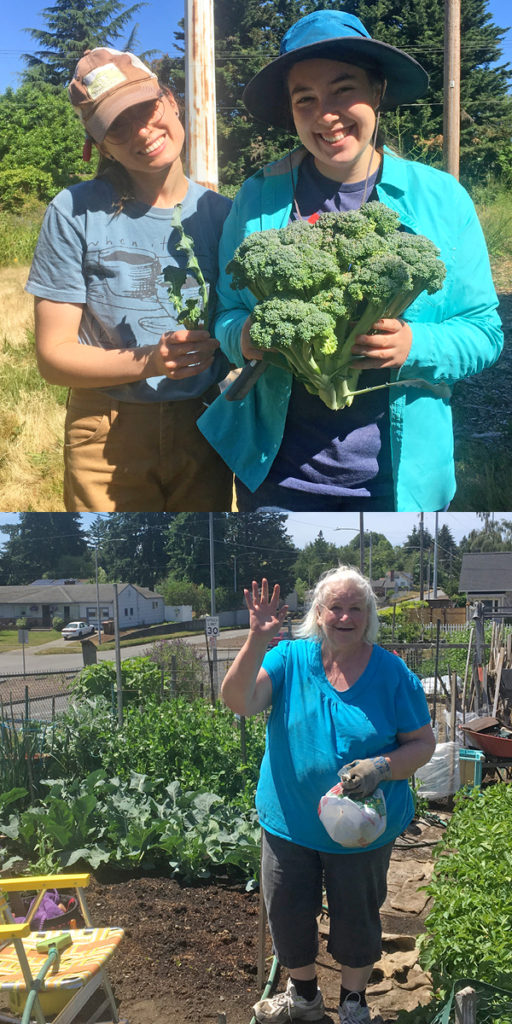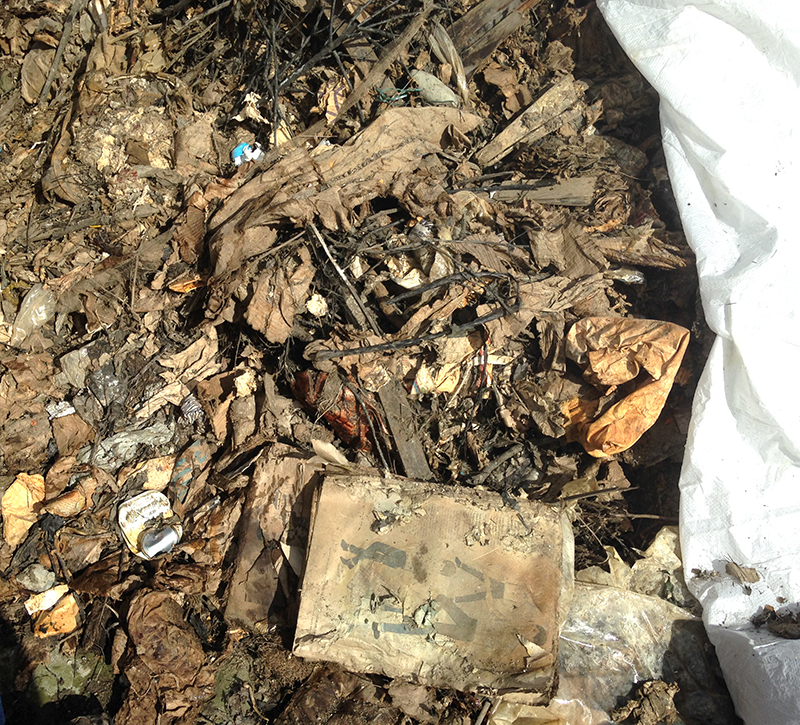 Sally Brown
Sally Brown
Mort Barlaz is a landfill guy. I’m a soils gal. Asking him to pick soils over landfills is like asking the opposite of me; just isn’t going to happen. A newly published paper (Sardarmehni, et al) written by Barlaz and his colleagues illustrates this fact. The paper details a statistical analysis based on a life cycle analysis (LCA) to compare land application of compost to compost applied as landfill daily cover. A model was set up on the computer — a Monte Carlo simulation considering the importance of different fixed parameters — and run a bunch of times, each time varying different parts of the model slightly. Variables considered in the LCA included climate impacts, eutrophication potential and acidification. There is no new data here — just use of a different tool on their existing data set.
The authors concluded that using the organic fraction of MSW as daily cover is the superior option compared to land application of the compost for global warming potential (63% of the time), acidification (77% of the time) and eutrophication (100% of the time). Soil won out for cumulative energy demand (94% of the time) and for abiotic resource depletion potential (96% of the time). While this paper is causing some agita in the organics recycling community, it is actually a step closer to hugging soils than Barlaz has come before. Who knows — maybe he watched Kiss the Ground on Netflix.
There are a few things to remember as you read this paper. The most important is that it considers the organic fraction of MSW as a whole versus food scraps and/or yard trimmings individually. These are the typical materials used to produce compost. The assumptions used by the authors are the same ones used in the Waste Reduction Model (WARM) that was developed by the U.S. EPA to look at the climate impacts of different recycling practices for a wide range of materials. For organics, the original and revised WARM model were based primarily on studies conducted by Barlaz and his team that put the landfill carbon storage potential of grass clippings as the same as cardboard. The methane generation potential of both materials are also the same in that data set. Remember too, that in this world, the methane generation potential of cardboard is about half that of food scraps. (The model was subsequently revised (see Box) for landfilling different organics.)
Nitrogen And Carbon Sequestration Assumptions
Several other bad assumptions are used in this analysis. We can look at nitrogen as an example:
- Fraction of N lost as N2O (nitrous oxide) is 0.018 (0.013-0.022). The reference is Bruun et al from 2006.
- Ratio of N2O emissions from fertilizer to compost (kg/kg) is 0.60 (0.5-0.85). Reference is Hansen et al 2006.
Here Barlaz and colleagues are considering what fraction of the total N in the compost is lost as N2O and how that compares to fertilizer. The model used as a basis that 1.8% of the total N in compost is lost to the atmosphere as N2O from compost. In comparison, loss from synthetic N is predicted to be only 60% as much or less than 1%. I recently did a library for a number of biosolids organizations on this very topic and a more extensive literature search and better references would have given them very different values for the model.
For example, Charles et al (2017) did a meta-analysis of published literature on the topic and came out with a very different number. In their analysis — across all organics — they determined a global emission factor for organics of 0.57 ± 0.3%, which they note is lower than the IPCC default emissions factor for synthetic nitrogen (1%). They further divide organics into three groups: high risk, medium risk and low risk. You guessed it. Compost falls into the low risk group with likely emissions of 0.02 ± 0.13%. You reverse the N2O emissions from Barlaz and the Monte Carlo analysis would potentially have spit out a different number.
Same deal for carbon sequestration potential. Barlaz and his coauthors are comparing compost to peat, not to the issue of soil carbon sequestration in general. In their model, both peat and compost have the same fraction of total C that remains stored in soil for 100 years —10% with the uncertainty ranging from 2% to 16%. The source here is also Hansen et al (2006). In this case, perhaps Barlaz should have looked at the part of the WARM model that didn’t rely on his numbers. The WARM fraction for carbon sequestration for food scraps diverted to compost is -0.24 Mg CO2 on a wet weight basis. Here EPA deferred to the CENTURY model instead of to Barlaz. Expressed on a dry weight basis and considering loss of volatile solids during composting, a ballpark is about 250 kg of food scraps remaining in that wet ton. That puts the storage number at about 1. For organics as a whole, the EPA used the same factor. Good chance that using those numbers would have impacted the analysis.

Community gardeners and their harvest help tell the story about why compost belongs on and in soils and not on the landfill.
Soil Bests Landfill Cover
If you focus on the soil and not the landfill, the impact of wasting organics as landfill daily cover is even clearer. Multiple studies have put compost ahead of no-till and cover crops as the best way to increase soil carbon storage. (I have a whole series on this topic.) A recent one conducted on long-term plots at the University of California Davis, showed that while cover crops increase carbon in the surface soil, they actually decrease it in the subsoil (Tautges et al., 2019). Only when compost is added with those cover crops do you get increases in soil carbon. The increases these researchers saw were on the order of 22 tons of carbon per hectare (equivalent to 80 tons of CO2). That was after 19 years of applying 4 tons of poultry manure compost per hectare (about the same rate of storage per ton predicted by the Century model).
I have no doubt that the methods used by Barlaz and his colleagues and the resulting analysis were well carried out. The results from this latest analysis are largely the end product of the assumptions going into the analysis. These assumptions show a biased knowledge of the literature. One could say “garbage in, garbage out.” We’ve gotten a lot more sophisticated both in understanding how to make good compost from material diverted from landfills and in the benefits that using that compost has for soils. Don’t lose sleep over this paper and don’t stop making compost.
Sally Brown, BioCycle’s Senior Adviser, is a Research Professor at the University of Washington in the College of the Environment.














